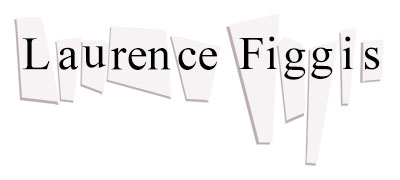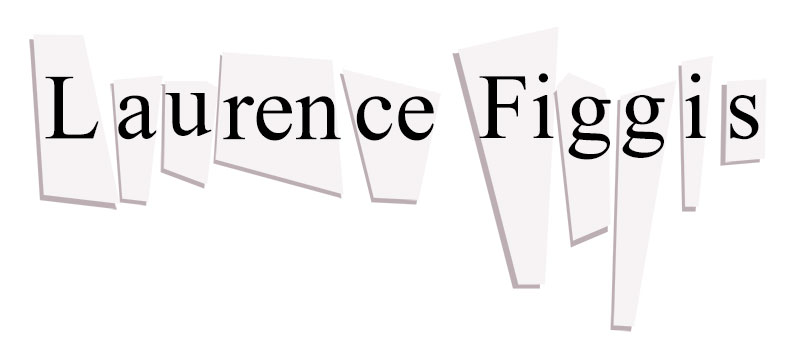Carol Rama
In Terry Zwigoff’s film Ghost world (2001), the art teacher applauds an unctuous girl student making works from her own blood, whilst rubbishing the witty intricate drawings of the heroine. This parody of reversed dogma – a sort of compulsory avant gardism- is furthered in the fake video art she shows to the class -a female voice chanting ‘father/mirror, father/mirror’ over a montage of dolls heads and flushing toilets. Carol Rama’s stance of anguished candidness occupies a similarly parodic and jaded arena for a post-millennial audience. In the wake of Tracy Emin’s tabloid notoriety and Louise Bourgeois’ fully institutionalised spiders, mirrors and towers, it seems quite ubiquitous for female artists to be airing their psychological dirty laundry in public; far less cataclysmic than in 1940’s Turin where Rama’s first exhibition was closed down by the police.
Yet the Baltic retrospective – 87-year-old Rama’s first ever British solo show- proved that an anguished confessional subject-matter had not lost its scabrous power to enchant, perhaps because its’ mordant manifestations in this instance pre-empted any cynical response. Rama who has been making works since the early 1930’s, began – like the Thora Birch character in Ghost World – by drawing through her own anxieties, producing lewd scrawls of lascivious but somewhat violently incommoded figures including grinning priapic male harpies and snake-tongued femme-fatales. These works entitled Appassionatas, beautifully tinted in watercolour and rendered in a deceptively fey style, established an enduring repertoire of amputees and strange fetishes, which recurred in the increasingly sculptural from of the bricolages of the1960’s, made from glass eyes and claws embedded in pools and splashes of paint.
Figuration returned with a vengeance in the 80’s era, in which Rama drew and painted on top of found architects plans and land-registry documents, a direct conflict of desire and reason providing an austere framework for her tortured fantasising.
The exhibition organisers made an elegant job of mapping these sardonic yet queasy expressions of rage and laughter via the clipped informative text of the museum foam boards. Predictably the gender-political question was glossed over (that dirty word ‘feminism’ being largely avoided) the captions preferring more general notions of agonised creativity with an emphasis on clinical-sounding words like ‘therapy’. In fact though the exhibition guide was peppered with Rama’s own heart pouring – ‘for tragic, very private reasons… I found myself having to fight against a hostile society’/ ‘painting freed me from the anguish I felt for what was happening to my family’, etc – the work itself suggested that Rama could become humorously – and critically – detached from her own trauma. At one stage in her practice she even ventured into forms of abstraction inspired by Surrealism and the Concrete Art Movement, briefly abandoning her erotic and organic themes. The inclusion of these abstract works in the Baltic show helped to avoid a sentimental interpretation of the recurring cathartic subjects whilst giving indication of a broad-ranging and thoroughly exploratory oeuvre. Far from being a sort of well-connected outsider-artist, the self-taught Rama emerged as a historically grounded figure making singular contributions to such movements as Arte Povera. She also proved to be thoroughly distinct from that febrile company of Freudian grandes dames –Louise Bourgeois, Paula Rego et al. -to which she might lazily be resigned at first glance.
Interestingly her autobiographical concerns were often used as a pretext for inventive analytical use of materials as in the series entitled ‘gomme’ (rubbers), inspired by the rubber-factory closure which had led to her father’s suicide. This varied series of works focussed on bicycle inner-tubes which furthered the echoes of somatic imagery through their resemblance to entrails, skin and phalluses, whilst forming a surprisingly geometric collage when fastened onto stretched canvas in angular patches. In the more recent works, dating from the 1990’s, the cut tubes became udders in semi figurative renderings of ‘mad cows’; a direct reference to the to the BSE crisis but also a crass gender-specific insult, recalling the caged but scandalous attic ‘mad woman’ of Charlotte Brontё’s Jane Eye. With such a thorny tongue-in-cheek to her credit, Rama, who has been exploring madness and passion since her days under Italian fascism, proved a highly seductive sore on the bright impervious space of the Baltic where the North-East’s Sunday afternoon wanderers linger to bask in their civic pride. Transcending the expected limits of an angry organic practice, she gives much credence to the enduring political and aesthetic validity of jouissance entwined with rage.
This review was originally published in UNTITLED no. 34 (Spring 2005). Find out more about the artist and view images of the exhibition HERE.

